I missed that, Guy, thanks. It makes sense but I can't remember the last time that an RCX didn't require a look underground.
Lots of flares (where buttress roots form from the trunk) of trees around here are visible, some down to the root collar (where lateral roots separate from the buttress roots). some need digging, some raking, some nothing.
83.2.4 Equipment, tools, and work practices that damage living tissue, bark or soil beyond the scope of work shall be avoided.
83.2.5 When conditions beyond the original scope of work are identified, further work shall be recommended
83.3 Trunk, flare and root inspection
83.3.1 Objectives of inspections shall be established.
83.3.2 The method, area, and depth of inspection shall be specified.
83.3.3 Tools and equipment of inspection shall be specified.
83.3.4 Inspection should include, but is not limited to, one or more of the following:
Functional tissue connecting the crown and the roots;
Girdling of the buttress roots or stems by roots or foreign objects, and the tree’s response;
Tree association with beneficial and harmful insects;
Tree association with pathogenic and beneficial microorganisms (e.g. mycorrhizae);
Wounds, and the tree’s response to wounds;
Damage to detectable roots, and response;
Indications of root disease, and response, and
Graft unions in grafted trees;
83.3.5 Soil and foreign material and organisms should be removed to allow inspection.
83.3.6 Wound treatments that are damaging to tree tissues should not be used.
83.3.7 Bark tracing of wounds shall remove only dead, loose, foreign and damaged tissue.
83.3.8 Monitoring for callus and woundwood growth and for decay shall be considered
83.3.9 Wound sealants shall not be used to cover wounds, except to manage dessication or pests, or for aesthetic purposes.
83.4 Root collar examination
83.4.1 Root collar examination objectives shall be established.
83.4.2 The method, area, and depth of excavation shall be specified.
83.4.3 Tools and equipment used in excavation shall be specified.
83.4.4 Small adventitious roots that interfere with excavation or examination should be moved or pruned.
83.4.4.1 Adventitious roots greater than 3/8 inch (1 cm) diameter should be considered for retention.
83.4.5 Temporary protection of root and stem tissue newly exposed to sunlight shall be considered.
83.4.6 Detectable flare and root diseases and disorders should be diagnosed.
83.4.7 If significant structural defects are observed, a risk assessment should be recommended, see ANSI A300 (Part 9) Tree Risk Assessment.
83.4.8 The flare shall remain visible after excavation.
here are the last 9 flare pics off my phone














